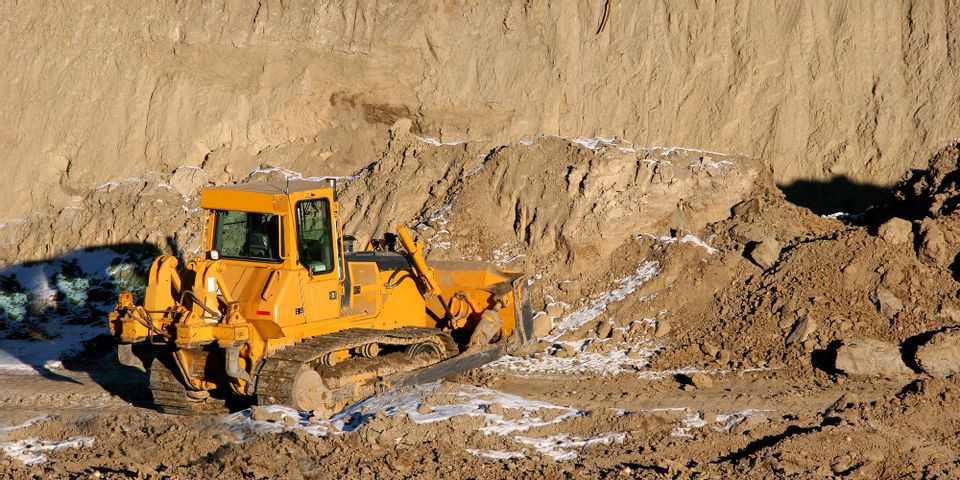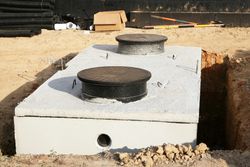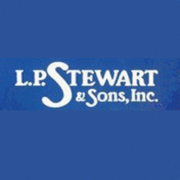What’s the Difference Between Fill Sand & Fill Dirt?

From building a pool to paving a driveway, many common construction projects require the use of aggregate. Two of the most common options are fill sand and fill dirt, but how do you know which is ideal for your needs? Before you make a final decision, learn the differences between these materials, and how they could make or break your projects. Use the following guide before you put in that bulk sand or dirt order.
Fill Dirt
Fill dirt is essentially subsoil—the layer of earth found beneath the topsoil—sold in bulk. Unlike other types of dirt, this doesn’t contain any organic matter. Organic matter consists of things like mushrooms and other fungi, which decompose over time, leaving empty space behind. This can cause the dirt to collapse on itself, endangering whatever structure is built on top. Since fill dirt doesn’t contain organic matter, it can offer lasting stability. Plus, the soft particles of fill dirt compact well from the start, and they absorb water easily.
Therefore, this aggregate may be used to regrade properties, filling in depressions or changing the slope of the land to allow for better drainage. Or, it may be used as a sub-base material, a sturdy foundation for asphalt driveways, parking lots, or pools. Fill dirt is also shoveled around underground objects, such as septic tanks, to support them and keep them from shifting around.
Fill Sand
 If your project involves water, fill sand may be the better choice. Sand particles are finer and denser than dirt particles, so they allow water to drain through, rather than absorbing it like a sponge. That’s why construction companies often stock up on bulk sand, which is made from rocks and shells that were eroded over time.
If your project involves water, fill sand may be the better choice. Sand particles are finer and denser than dirt particles, so they allow water to drain through, rather than absorbing it like a sponge. That’s why construction companies often stock up on bulk sand, which is made from rocks and shells that were eroded over time.
When it gets wet, sand doesn’t hold onto the water—it allows most moisture to pass through, and the water that does remain can easily evaporate. This makes it an excellent choice for areas prone to pooling water, such as from runoff, or near a pond or fountain.
Sand is also a superior choice for curb appeal when compared to dirt, which is important if the aggregate will be visible. While you might use fill dirt to support your septic tank, fill sand is a better option for covering the drain field, as it will allow filtered wastewater to percolate.
If you’re looking for bulk sand or dirt for your next home improvement project, reach out to LP Stewart & Sons of Lincoln, NE. In addition to multiple grades of sand, they also offer gravel, river rock, and other essential aggregates. With over 75 years of experience helping clients find the right supplies for the job, you can trust their advice is sound. To learn more about their services, visit the website. Call (402) 423-5676 to speak with a representative today.
About the Business
Have a question? Ask the experts!
Send your question

